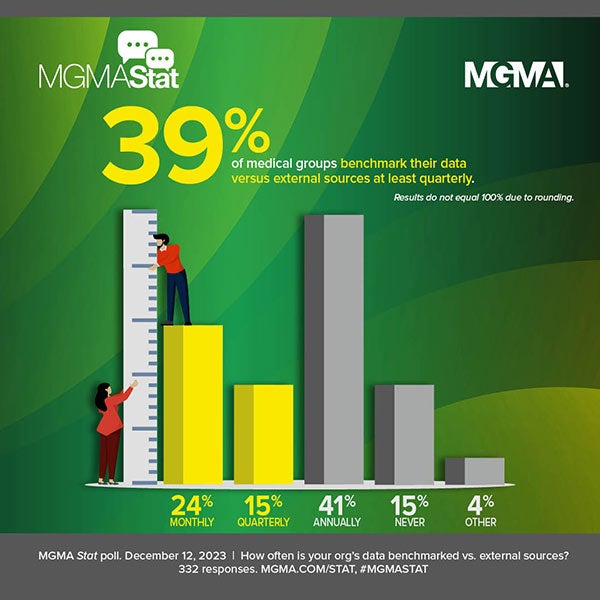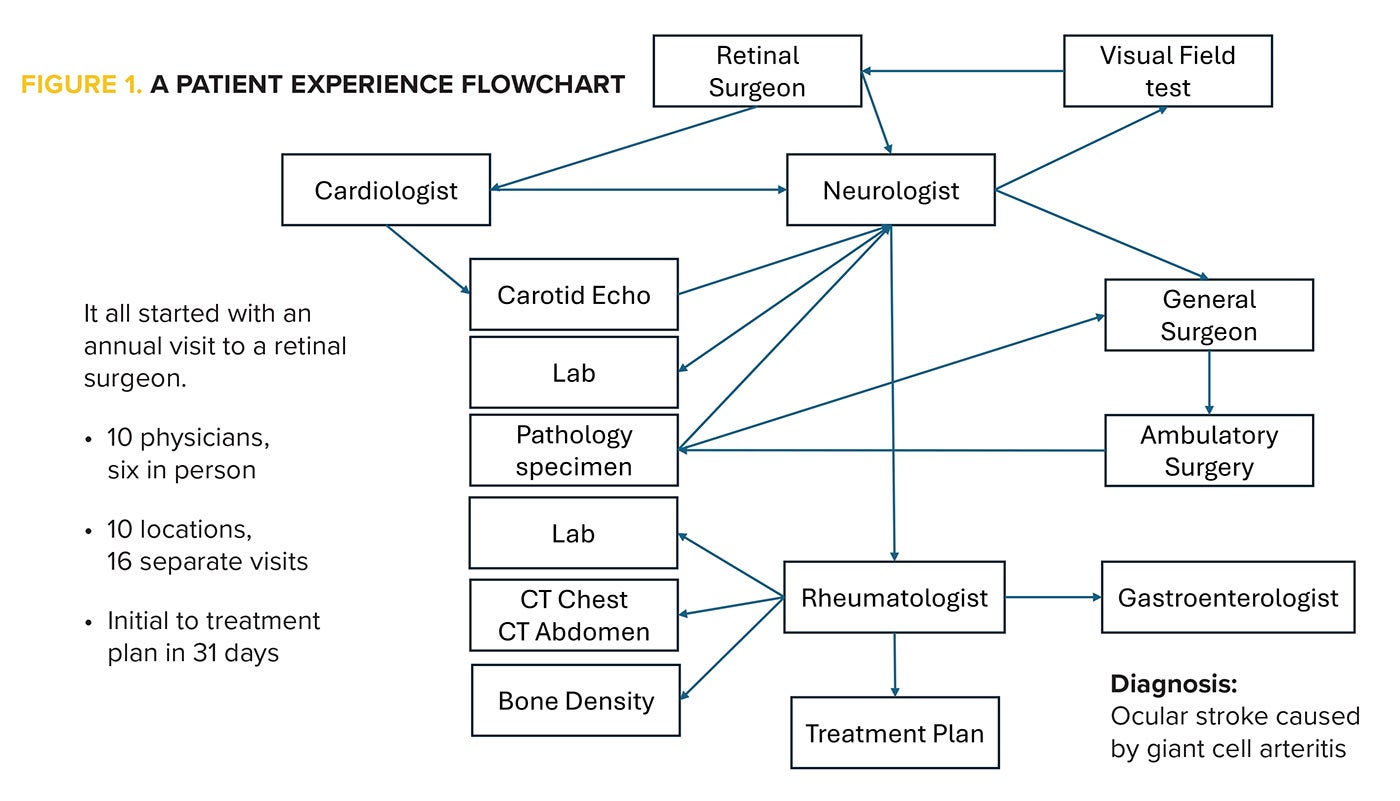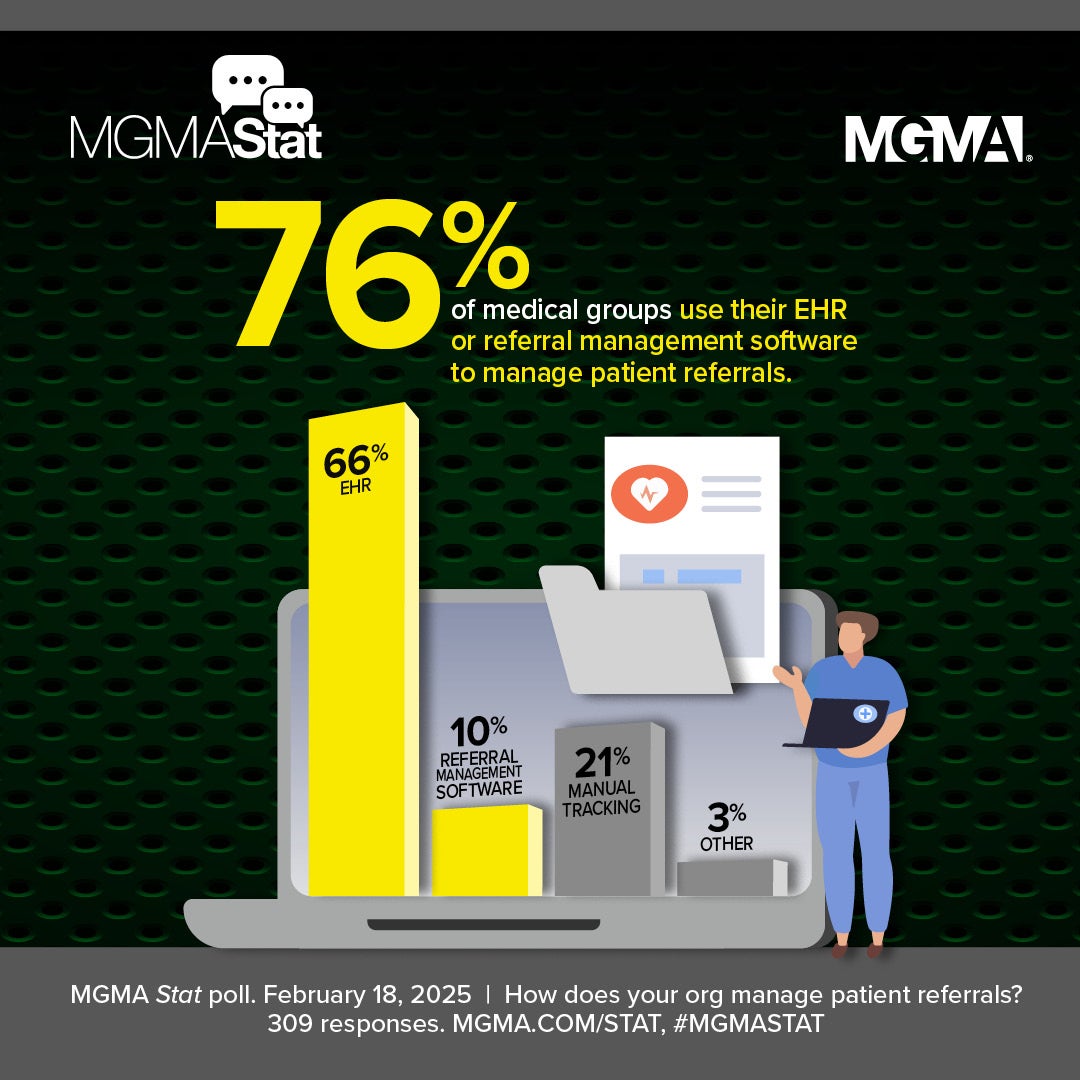Introduction - Discovering the Root Cause of Health System Losses
As health systems continue to employ larger numbers of physicians, many challenges have emerged. Due to mismatches in supply and demand, inadequate management infrastructure, and organizations’ willingness to invest capital in practices, losses on employed physician networks have steadily risen. In fact, many organizations are at the point where there is a threat to bottom lines. Hospitals were investing their money in physician practices as it brought community access, ED coverage, and ensured market viability. Health systems also realize that by building their employed network they are investing in capabilities to improve quality by better coordinating care and managing risk contracts over the long term.
All these factors have been discussed within the industry, but most health systems still do not have a sophisticated understanding of the root cause of the losses in their network. To pinpoint where these losses start, health systems must embrace a data-driven management style. Data will be the key to successful physician networks in the future.
Questions for management to start the discovery process:
- Do we currently equip decision-makers with metric-driven management dashboards to inform operational and strategic decisions?
- Do we have the management, IT infrastructure, and staffing to effectively mine and report on key data metrics?
- Which team members have the greatest ability to effect change for each metric?
- With what frequency (weekly, monthly, and quarterly), and by whom, should dashboard metrics be reported and reviewed?
Do we currently equip decision-makers with metric-driven management dashboards to inform operational and strategic decisions?
To sustain services for an organization’s community, provider networks must achieve operational efficiencies. But, what data does management need to determine levels of efficiency? Identifying which data sources are required is only one factor. Making sense of the data and understanding its implications becomes easier through effective reporting, enabling management to make more informed strategic decisions.
Executive-Level Dashboard Reporting
Below are the top four metrics we recommend including in dashboards created for an executive-level audience:
- wRVUs – wRVUs are a good indicator of the productivity of a provider.
- Collections –Knowing where your organization stands with its collections is important if you want to avoid surprises.
- Denial rates – Avoiding and amending denials are key to an optimally performing network.
- Provider compensation compared to wRVU production – Pairing wRVU production visuals with total compensation can aid organizations in evaluating risk related to fair market value and provider retention.
Visualizing these data points monthly compared to an organization’s target and external benchmarks enables organizations to respond quickly to inefficiencies and opportunities.
Executive-level Dashboard – Overall Physician Network

Reported metrics should be customized to the specific audience. In addition to metrics being delivered to the executive team, director-level dashboards will need practice-specific data points. Staffing, coding, and wRVUs per patient visit benchmarks are critical metrics directors should have at the practice level.
Director-level Dashboard – Individual Practice

Do we have the management, IT infrastructure, and staffing to effectively mine and report on key data metrics?
Metrics can always be added or removed from the dashboard. Providing a visual representation of even one data point will be more effective than just using numbers to evaluate the data.
The team(s) that will be accountable for the metrics should work collaboratively to build the metrics and targets and create an invested interest from the team. Having effective EHR and practice management systems are at the center of creating dashboards that provide a general understanding of an organization’s wellness. Knowing where data is housed, who is responsible for input and reporting the data, and having the entire process as seamless and automated as possible is essential for success.
Which team members have the greatest ability to effect change for each metric?
Employee Engagement
Organizations have experienced staff turnover for a variety of reasons, such as physicians retiring early or leaving due to burnout, according to MGMA Stat polls.
Engagement of employees and providers is imperative to overcome the deficits created over the last two years. The routine practice of looking at data-driven metrics, celebrating successes, and collaboratively working to implement changes for improvement will help to engage all aspects of the practice.
Practice Operations (Process)
Developing a process for how and when dashboards are reviewed and updated is critical to embedding the dashboards into the organization’s culture. An organizational understanding of individual roles and responsibilities of data and people is crucial to working in unison to effect change. Meetings should be held at a high level with key decision-makers from each department as well as with practices and practice managers.
Value-Based
As healthcare evolves to value-based care, organizations must have a pulse on their performance and how they are being paid by payers for related services. The first step is to understand what financial incentives your organization has from payers and the specific metrics.
Market and Service Line Knowledge
Organizations that have their fingers on the pulse of market needs and insight into where to expand service-line offerings will maintain a competitive advantage. Knowing which providers are loyal to the hospital or health system is key to identifying strengths and opportunities among services. In addition, knowing what services are sought outside of the market is crucial to determine if an opportunity exists to meet the need locally.
With what frequency (weekly, monthly, and quarterly), and by whom, should dashboard metrics be reported and reviewed?
Reporting of data and metrics should be a push system where data is fed to each key group regularly. Intervals should be determined based on the specific need of each cohort. The optimal reporting mechanism for your organization can focus on accountability, rewarding improvement, and continual optimization.
Leaders should monitor metrics and review them with office management. In turn, office management should be reviewing performance with staff and providers. Aligning incentives with organizational goals will help everyone work toward uniform goals. Once initial goals are achieved, you can further improve metrics or add additional metrics to the dashboard. Evolving to a high-performance culture by continually optimizing efforts and processes creates long-term success.











































